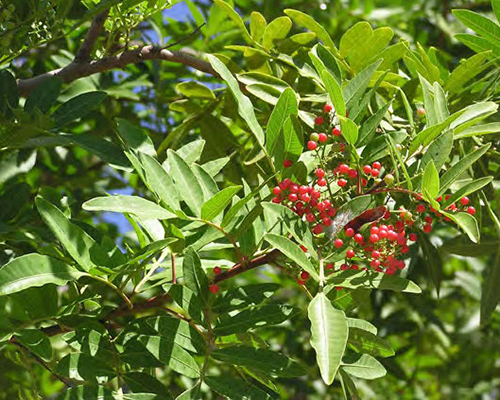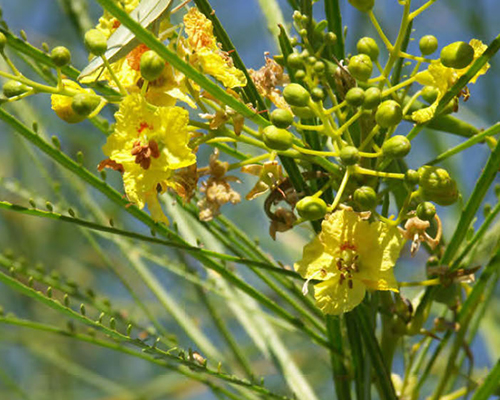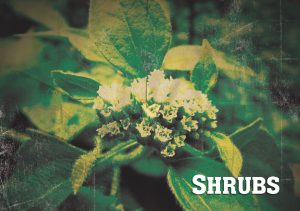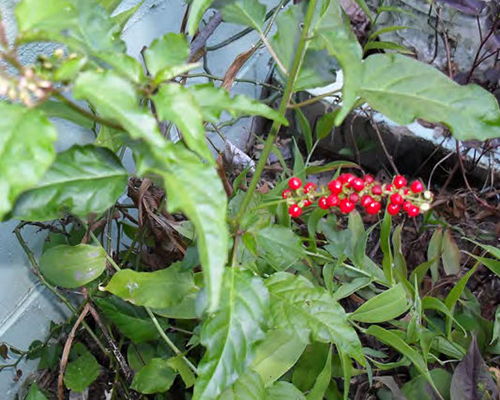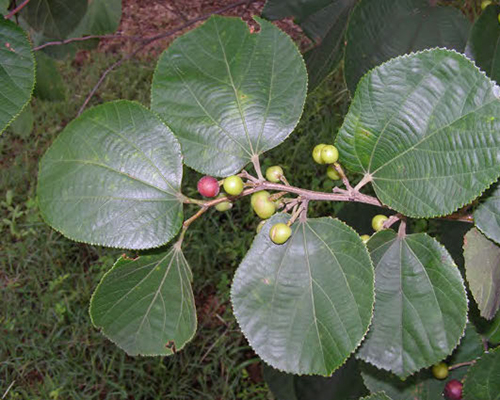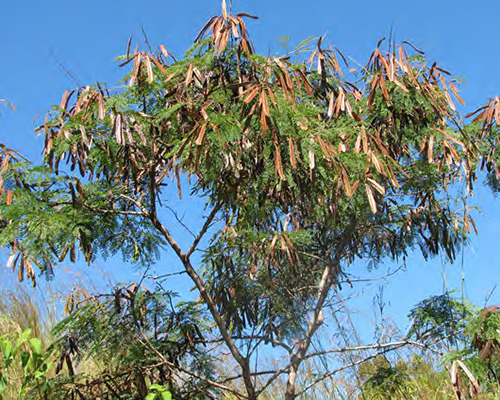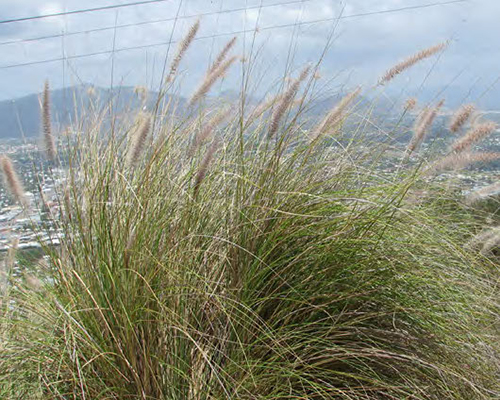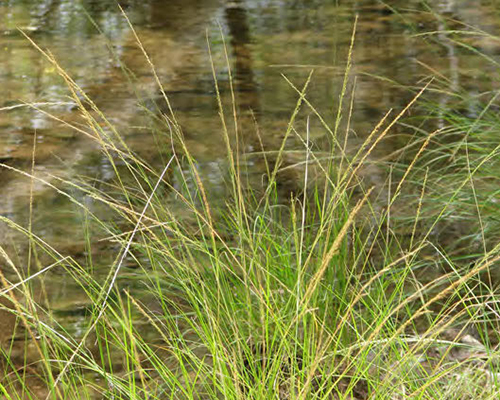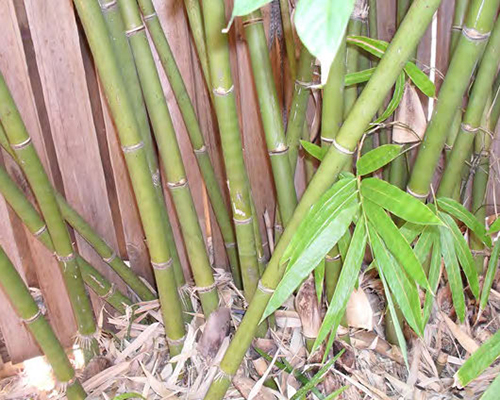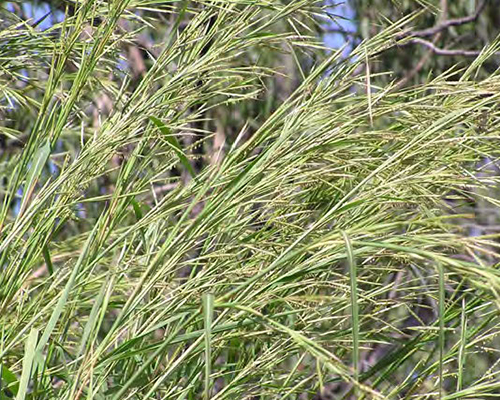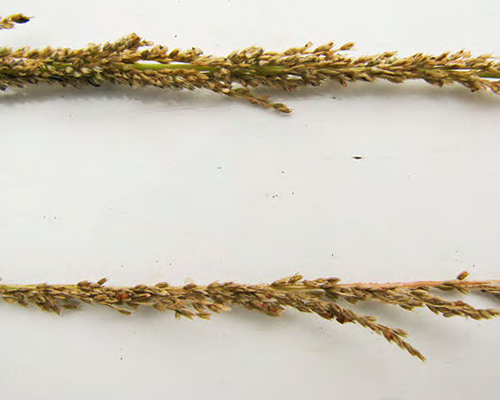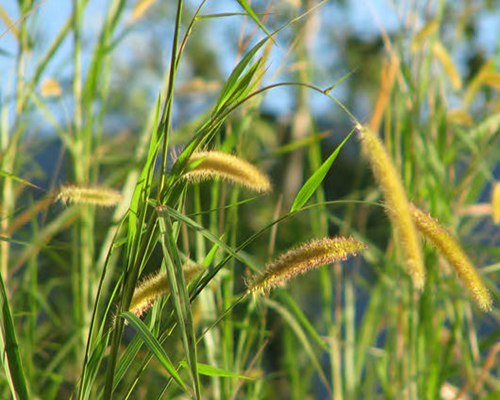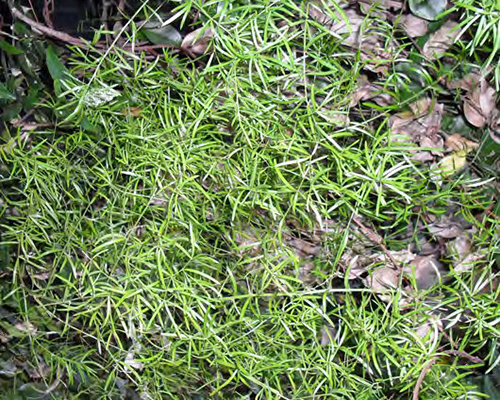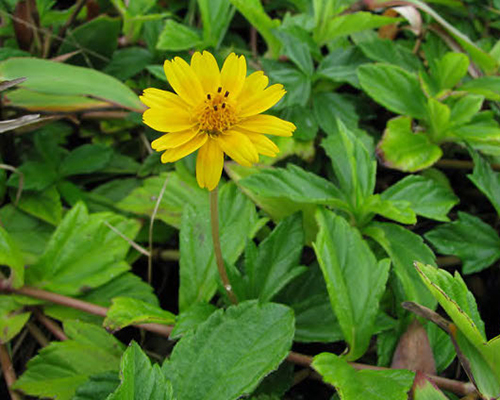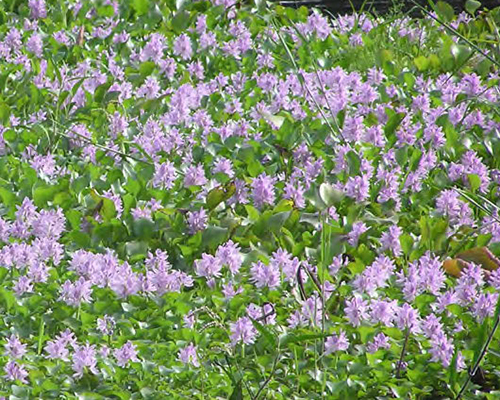Becoming weed free in the dry tropics seems like a pipe dream.
People who can identify their weeds are aware of how changed the Australian landscape is by introduced and aggressive plants.
The hard cold fact is that weeds are estimated to be costing Australian agriculture $4 billion per year. The cost of wiping them out would exceed our gross national income.
Being weed free would improve the productivity of properties and the health of native flora and fauna.
Solving the weed dilemma is in our hands and having a way to easily identify them is the first step.
WeedFree helps you recognise and rid weeds from your property or backyard.
Expect to find in this guide detailed descriptions of weed species, how they spread and what you can do about them.
Weeds can be mistaken for native plants and vice versa as many plants can look similar.
The weeds in this book have been chosen because they have been identified by
NQ Dry Tropics as the top 52 that are risking the central and north Queensland environment.
We all have a legal responsibility to control declared weeds on our land.
New weeds arrive in our region every year by birds, animals, people, vehicles, wind, and water, Weed Free aims to help you spot them before they become a problem in your patch.
Controlling weeds on your own is a tough job.
Information correct as at 2011. Check for updated information with the Department of Agriculture and Fisheries here before beginning any eradication plan.
CONTROLLING WEEDS
Weeds should be controlled as soon as possible to prevent further spread. It is impossible to stop every weed from being introduced, but effective containment methods will help reduce the spread to neighbouring properties.
It’s important to control weeds at an early stage rather than waiting for them to become well established. Each year the weed is left untreated amounts to a third more expensive again to treat. Effective pest management requires a long-term commitment from the community, industry groups and government.
A one-off treatment will be initially effective but, depending on the age of the infestation, may lead to a larger problem the following year. However treating the secondary infestation after the seed bank germinates but before it reseeds, will significantly reduce the overall problem.
A single treatment is rarely sufficient and monitoring and follow up control is recommended.
WHERE TO BEGIN?
Note: Some weeds can be toxic so it is important to identify these and wear appropriate clothing.
The following steps are recognised principles for killing weeds:
• Work from light infestations towards heavy infestations.
• Follow-up controls (in some cases this can last up to 10 years).
• Integrate several control methods.
• Coordinate with neighbouring landholders.
• Identify the source of the infestation.
• Ensure the infestation is contained to prevent any spreading.
If working near water, work from the upstream edge of the infestation towards the downstream edge.
Some control methods available include mechanical, chemical, biological, slashing, burning and hand removal practices. Some weeds will need two step-by-step methods to remove.
When using herbicides to treat weeds always ensure you follow the product label instructions carefully. To check which chemical is registered for a particular weed visit the Australian Pesticides and Veterinary Medicines Authority website at www.apvma.gov.au. Descriptions of herbicide use can be found at www.dpi.qld.gov.au.
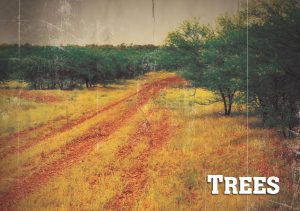
Click on the bar below to open information on tree weeds, click again to close
TREES
SHRUBS
GRASSES

Click on the bar below to open information about forbs that are weeds, click again to close

Click on the bar below to open information about vine weeds, click again to close
VINES

Click on the bar below to open information about cactii that are weeds, click again to close

Click on the bar below to open information about water weeds, click again to close
WATER WEEDS
Methods for control of weeds
MECHANICAL CONTROL
to control regrowth and address erosion issues is recommended. To minimise these negative impacts it is important to consider the soil type, soil moisture, growth cycle and density of infestation to choose the appropriate time and combination of control methods. Good machinery hygiene is important to prevent the spread of weed and disease from on site to another.
• Homan Plough
A huge rear-mounted blade plough with a single tine pulled by a large bulldozer.
• Ellrott Plough
Horizontal steel bar attachment front-mounted of a bulldozer or bobcat slices through the underground root system. Usually used with an upper pusher bar to push the plant forward improving visibility and manoeuvrability. Used to remove woody weeds whilst leaving existing native vegetation in situ.
• Stick Raking
A clawed blade, rear-mounted to a bulldozer which breaks mature plants off and rakes them into piles (windrows) as the machine moves forward.
• Chain Pulling
A heavy chain is pulled behind two bulldozers travelling parallel to each other at a suitable distance apart. ‘Double chaining’ involves dragging the chain over the same area for a second time in the opposite direction. Used for large areas of dense infestations of woody weeds with no native vegetation.
• Cutter Barring
A steel horizontal blade is mounted between ripper tines on the rear of a bulldozer. This is effective as a follow up method to stick raking or chain pulling.
• Slashing
Slashing is the use of a mechanical slasher either attached to a tractor or to a brush cutter to remove exposed vegetation. This rarely kills the plant but allows easier access to follow up control of the inevitable regrowth.
NON-MECHANICAL CONTROL
BIOLOGICAL CONTROL
This method involves using a parasite, insect, or disease to control a pest. Ideally the biological control is a highly specialised organism that only attacks the weed and nothing else.
An example is the use of the Cactoblastis moth to control prickly pear.
BURNING
Some weeds can be killed using fire. However it is important when using fire as a control method that the native vegetation type be considered as some may be damaged by fire and others assisted by it. Contacting local fire authorities for a permit before burning is required by law.
PHYSICAL CONTROL
Physical control such as hand pulling or grubbing can be effective for very small infestations or where other methods would be impractical, access difficult or in environmentally sensitive areas. Personal protective equipment should be considered when using this method with hand held equipment like secateurs and mattocks. Good machinery hygiene is important to prevent the spread of weeds
and disease from one area to another.
For small infestations physical removal of individual plants can be an effective method of control. Weed material should be destroyed through fire or by putting it in a plastic bag in the sun for at least 48 hours. The site should be marked to allow monitoring of the area for regrowth from the soil seed bank and/or remnant plant material to allow for follow up control.
SOLARISATION
Small infestations of weedy grasses or herbs such as Singapore daisy can be killed by slashing them low to the ground and pegging a sheet of black plastic over the top of them for more than a month. This prevents them from photosynthesising and the extreme heat under the plastic in full sun can kill both plants and their surface seed bank. Take care not to use this during the wet season in areas that are subject to overland flow.
PASTURE MANAGEMENT
Many weeds are more of a symptom than a problem in their own right, since most weeds are specialists of disturbance but are poor competitors. Any disturbance such as heavy grazing, erosion or other soil disturbance that leaves bare ground will encourage weeds. In the long term maintaining a healthy growth of grasses or other ground cover is necessary to out-compete weeds and prevent them from establishing.
CHEMICAL CONTROL
This is the use of herbicides to treat the weeds. This can be a very effective method of treating small infestations, reducing the size of large infestations, controlling regrowth after initial control and as part of an integrated pest management approach. It is important to consider the timing, application method and potential impact on non target species. Care must be taken to ensure the right herbicide is used in a safe manner. This information is supplied on the product label.
• Foliar Spraying
Foliar spraying is the application of herbicide to the leaf and stems of plants, usually using either a boom or handheld spray unit.
• Basal Barking
This is the application of herbicide in a carrier (usually diesel) to the bark of a woody weed up to a height of approximately 30 centimetres. If there are any branches in this area they must also be treated to a distance of at least 10 centimetres. The herbicide is dribbled onto the stem in a way that completely covers the entire stem from ground level to the required height. In many cases, a small amount applied to the soil around the base will also help.
• Frilling
This method involves gently cutting the bark using a small hand axe. The bark is then bent out and herbicide is injected directly into the cut.
• Cut Stumping
Cut stumping is the use of a chainsaw to cut a tree down as close as possible to ground level and applying herbicide directly to the cut surface within 15 seconds of the cut being made.
Note: Ensure seeds are not spread while moving or disposing of a noxious plant.
PREVENTION
Never has the phrase ‘an ounce of prevention is worth a tonne of cure’ been truer than for weed prevention, stopping a weed from entering a property can save untold money and labour in the long term. The only environmentally and economically sensible approach is to eradicate new and emerging weeds before they get out of control and start causing problems. As a general rule of thumb the cost of weed control in most cases increases by a third for every year a weed is neglected, though this varies with the type of weed and the age at which the weed reproduces.




